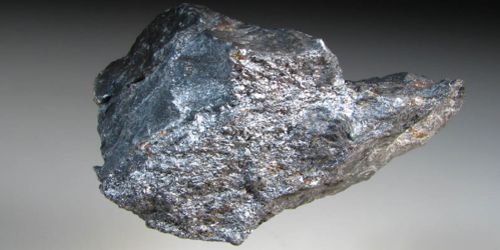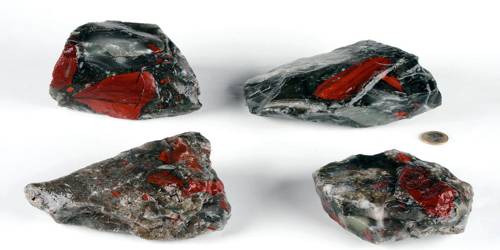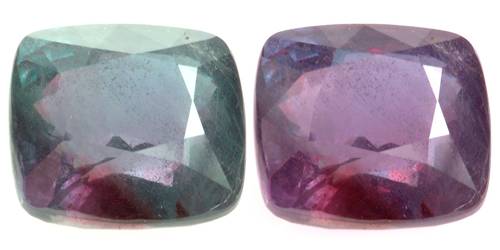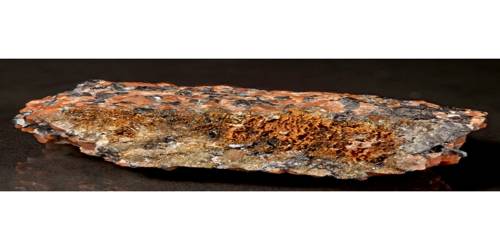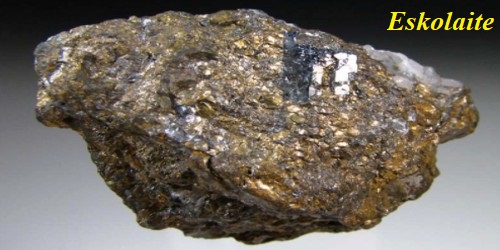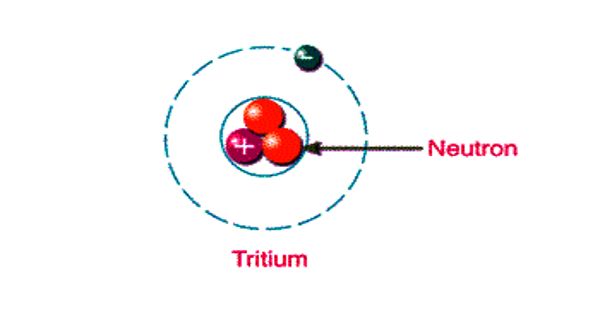Jordanite is a sulfosalt mineral with chemical formula Pb14(As, Sb)6S23 in the monoclinic crystal system, named after the German scientist H. Jordan (1808–1887) who discovered it in 1864. It is a mineral consisting of a lead-gray monoclinic lead arsenic sulfide (specific gravity 6.39) Lead-grey in color, its streak is black and its luster is metallic. The type locality is the Lengenbach Quarry in the Binn Valley, Wallis, Switzerland.
General Information
- Category: Sulfosalt minerals
- Formula: Pb14(As, Sb)6S23
- Crystal system: Monoclinic
- Crystal class: Prismatic (2/m) (same H-M symbol)

Fig: Jordanite
Properties
Jordanite is uncommon by a widespread mineral that occurs in lead-arsenic occurrences hosted in metamorphosed dolostone, in low-temperature epithermal veins and epithermal gold-quartz veind, and from ocean floor black smoker chimneys. It has a hardness of 3 on Mohs scale, has a density of approximately 6.4, and a conchoidal fracture.
- Colour: Lead-grey
- Cleavage: Perfect
- Fracture: Conchoidal
- Tenacity: Brittle
- Mohs scale hardness: 3
- Luster: Metallic
- Streak: Black
- Density: 6.4
Occurrence:
Jordanite is a rare sulfide mineral found mostly at the famous quarry of Langenbach, Binnental, Valais, Switzerland. In metamorphosed Pb–As occurrences in dolostone (Binntal, Switzerland); in low-temperature epithermal veins (Aomori Prefecture, Japan); in epithermal gold-quartz veins (S˘ac˘arˆımb, Romania); from “black smoker” undersea chimneys.
Localities for Jordanite include Switzerland, Poland, Germany, the Czech Republic, Italy, Greece, Sweden, Norway, England, Japan, the United States, and in the Pacific Ocean along the East Pacific Rise.
Information Source;
